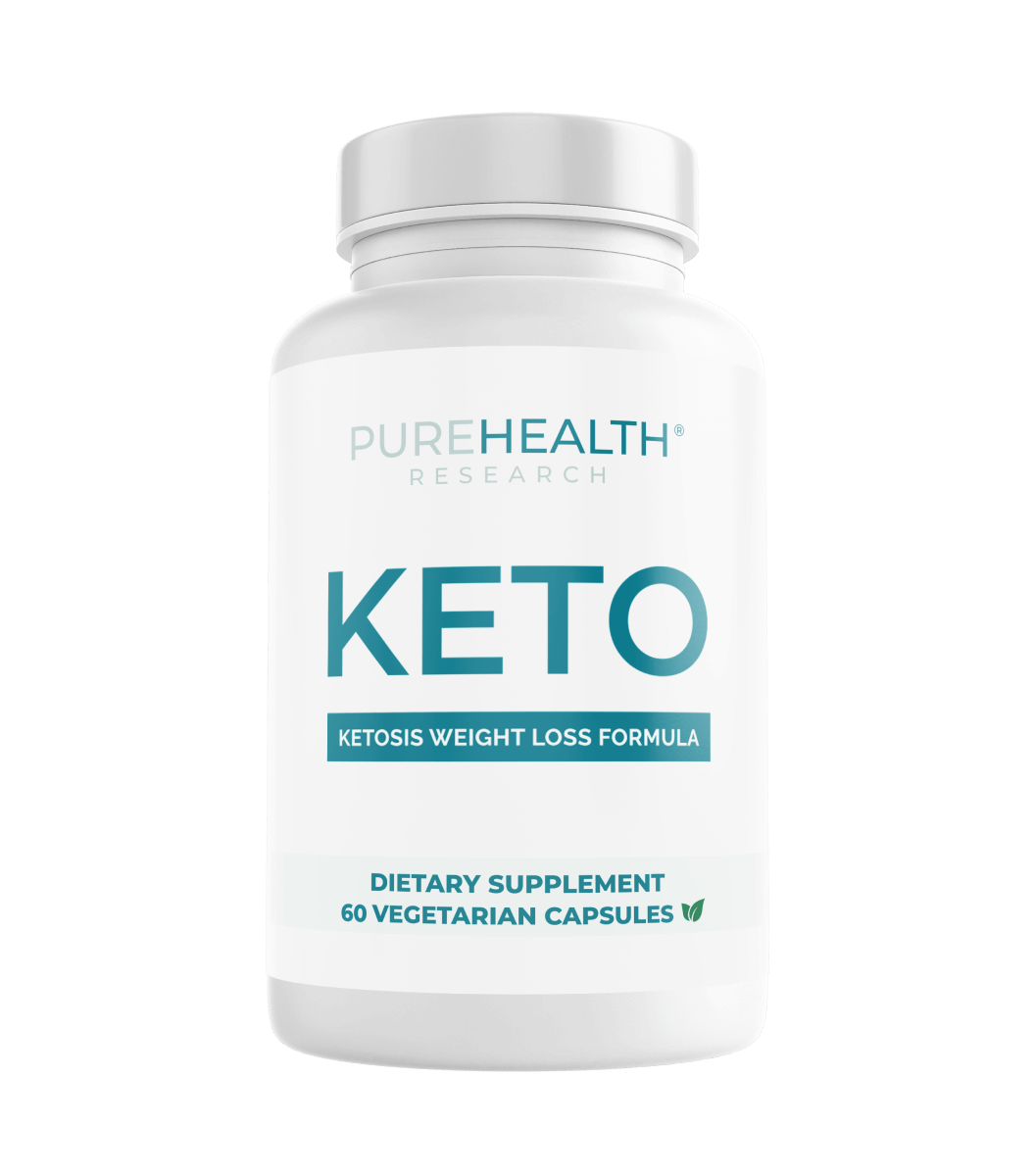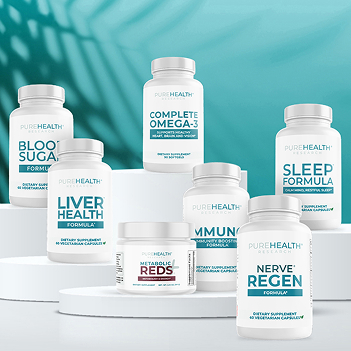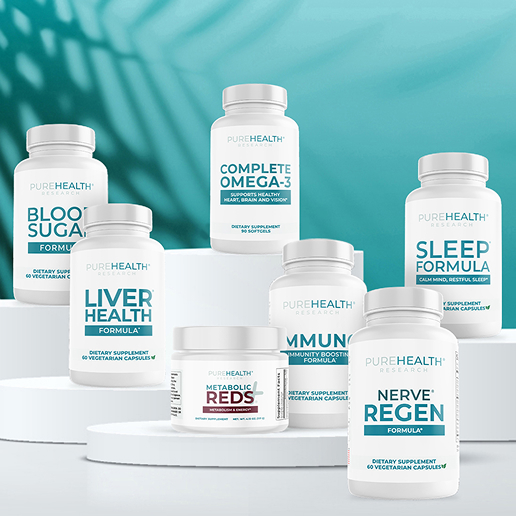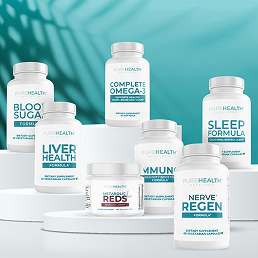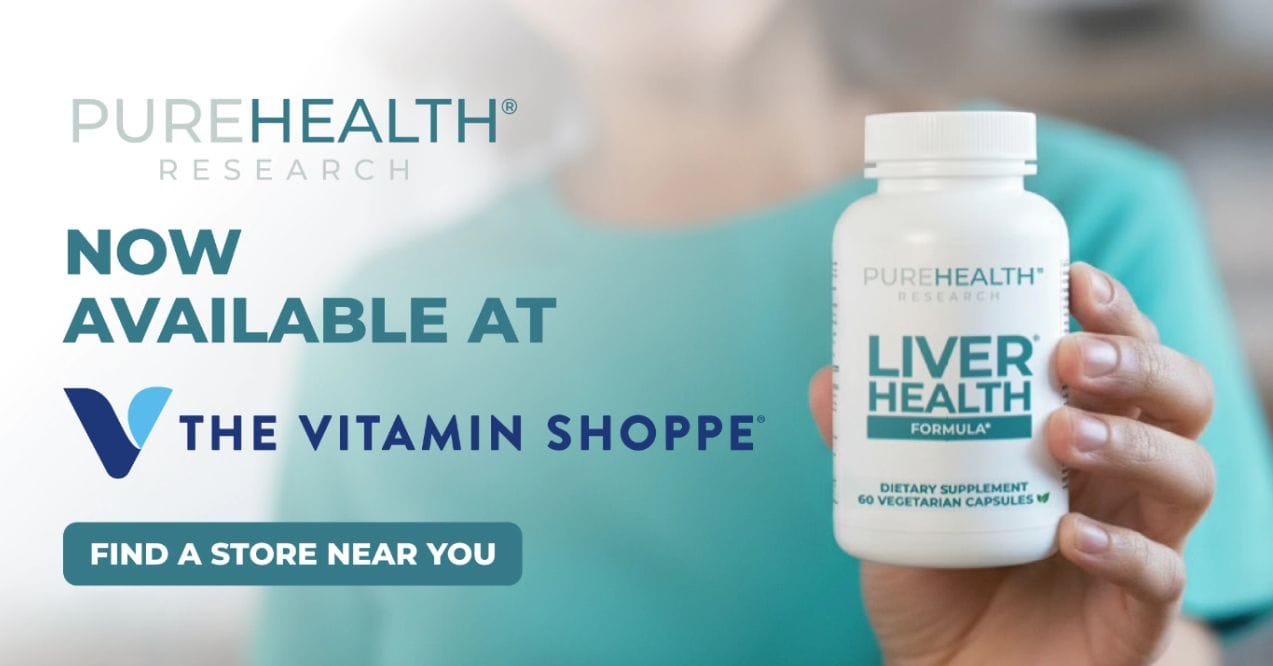How to Get Enough Fiber on Keto Diet
Struggling with digestion on keto? Learn how to get fiber on keto without disrupting ketosis. 7 fiber-rich foods + practical tips for success.


In the excitement of counting carbs and tracking ketones, fiber often becomes forgotten in the ketogenic diet. While focusing on healthy fats and protein, many keto enthusiasts struggle to include enough fiber-rich foods without exceeding their daily carb limits.
This oversight matters because fiber plays a crucial role in supporting digestion, creating feelings of fullness, and maintaining a healthy gut microbiome. Without adequate fiber, you might experience digestive discomfort or find it harder to stick with your low-carb lifestyle.
This guide reveals practical ways to incorporate how to get enough fiber on keto diet without compromising ketosis. You’ll discover keto-friendly fiber sources and simple strategies to maintain gut health while enjoying the benefits of this popular eating approach.
Why Is Fiber Needed on a Keto Diet?
Fiber on keto deserves special attention because it works silently behind the scenes to keep your body functioning optimally. This carbohydrate passes through your digestive system undigested, which means it doesn’t raise blood glucose levels or interfere with ketosis.
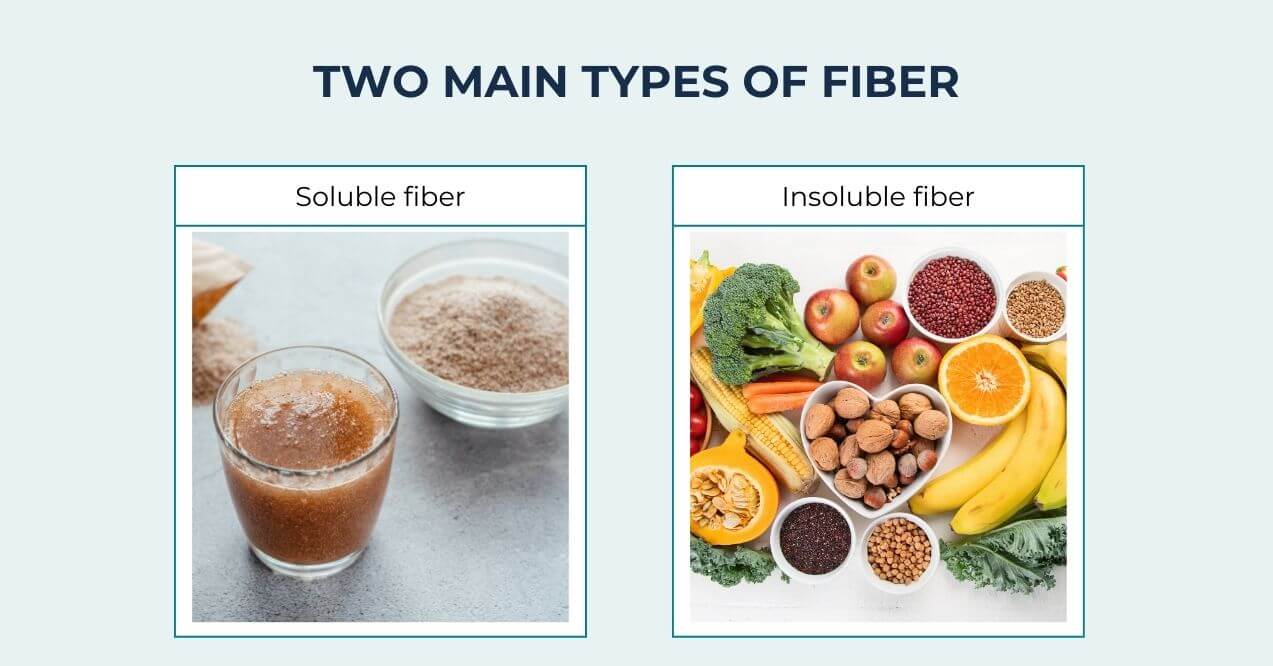
There are two main types of fiber that support your body in different ways:
- Soluble fiber dissolves in water, creating a gel-like substance that slows digestion and helps you feel fuller longer.
- Insoluble fiber adds bulk to waste, supporting regular bowel movements and digestive comfort.
Together, these fibers feed beneficial gut bacteria, which play a crucial role in supporting immune function and overall wellness. Unlike some eating plans that restrict fiber-rich foods, a well-formulated keto approach can include plenty of fiber while maintaining ketosis.
Many people wonder about intermittent fasting vs keto approaches, but both can work together while prioritizing fiber-rich foods during eating windows.
How to Get Fiber on Keto Diet?
Maintaining proper fiber on keto diet requires strategic planning, but it’s completely achievable with the right approach. Here are practical ways how to get fiber on keto diet:
- Nutritious greens – Add fiber-rich vegetables to every meal by incorporating leafy greens like spinach and kale into breakfast omelets, lunch salads, and dinner side dishes. Cruciferous vegetables such as broccoli and cauliflower offer excellent fiber with minimal net carbs.
- Healthy fats – Snack on nuts and seeds throughout the day for a satisfying fiber boost. Chia seeds provide an impressive 9.75g of fiber per ounce, while flaxseeds, almonds, and pumpkin seeds offer both crunch and nutrition.
- Low-carb baking – Use fiber-rich flour alternatives in your dairy free keto recipes. Coconut flour contains 10 times more fiber than all-purpose flour, while psyllium husk powder adds structure to baked goods without adding digestible carbs.
- Proper hydration – Stay hydrated by drinking plenty of water throughout the day. Fiber works best with adequate fluid intake, which helps prevent constipation because there is a link between constipation and keto.
- Gradual transition – Increase fiber gradually over several weeks to allow your digestive system time to adjust. Adding too much fiber too quickly can cause bloating or discomfort, potentially derailing your keto journey.
Try experimenting with creative ways to add fiber to your meals, such as using cauliflower rice as a base for stir-fries or adding avocado to smoothies for creamy texture and fiber content.
7 Keto-Friendly Fiber Sources
Finding high fiber keto foods doesn’t have to be a challenge. These seven fiber powerhouses deliver maximum nutrition while keeping carbs low, making them perfect additions to your ketogenic lifestyle. Each option provides unique benefits beyond just fiber, offering vitamins, minerals, and other nutrients that support overall wellness while maintaining ketosis.
1. Leafy Greens
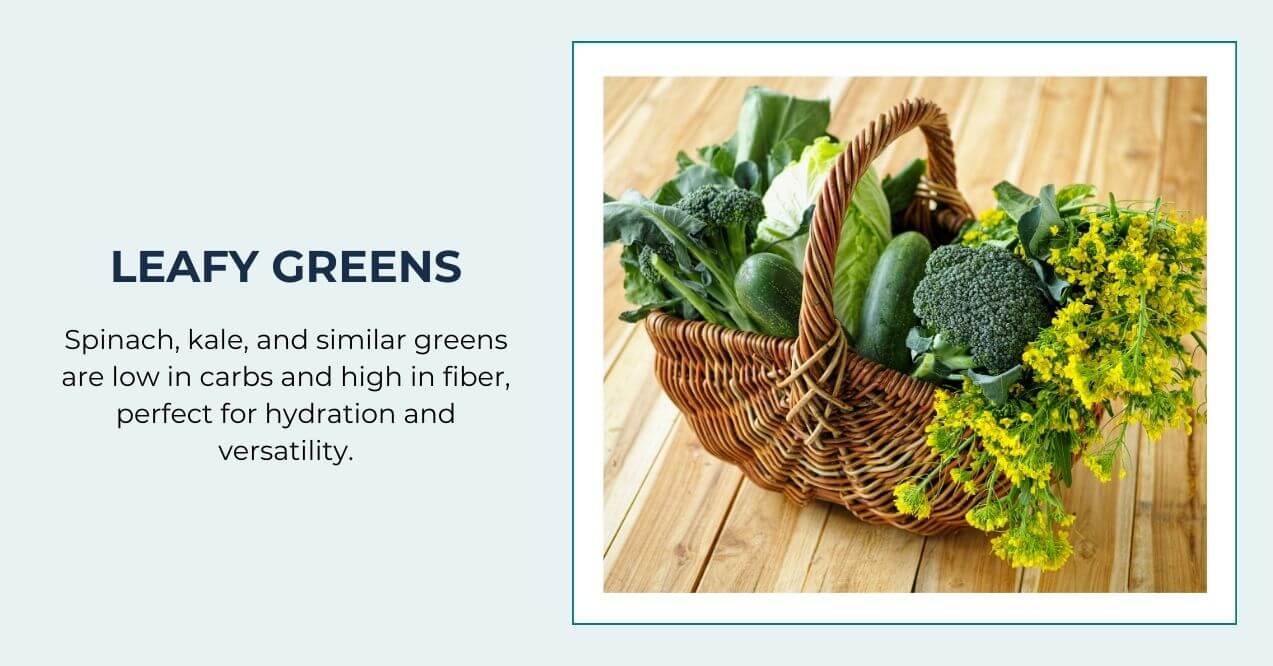
Leafy greens rank among the most fiber-rich, low-carb options available. Spinach provides 2.2g of fiber per 100g serving with only 1.4g net carbs, making it an excellent choice for keto followers.
Kale offers even more fiber at 3.6g per 100g, while collard greens and Swiss chard deliver similar benefits. These versatile greens can be:
- Sautéed with olive oil and garlic
- Added raw to smoothies
- Used as wraps instead of tortillas
- Mixed into salads for added texture
Their high water content also supports hydration while their vitamin K supports overall wellness.
2. Cruciferous Vegetables
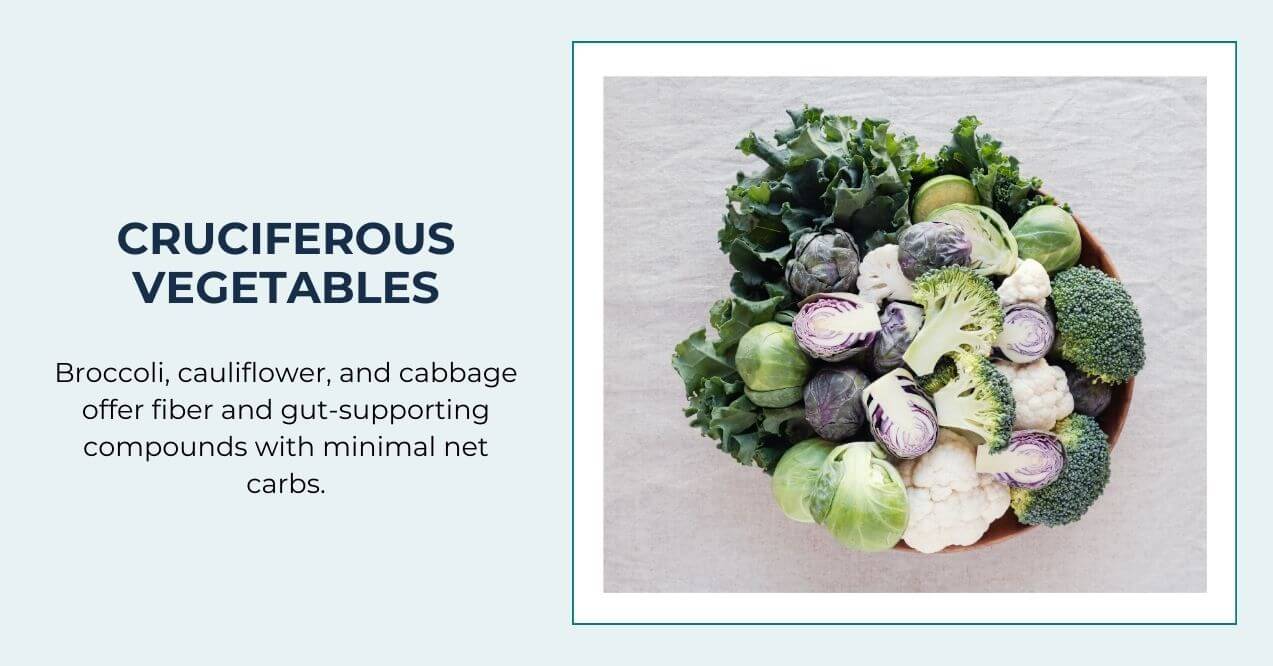
Cruciferous vegetables deliver impressive fiber content with minimal carb impact. Broccoli contains 2.6g fiber per 100g with only 4g net carbs, while cauliflower offers 2g fiber with just 3g net carbs.
Brussels sprouts and cabbage round out this fiber-rich family. Beyond fiber, these vegetables contain beneficial compounds that support cellular health. They shine in many preparations:
- Roasted with herbs and olive oil
- Riced as grain alternatives
- Steamed and topped with butter
- Fermented for probiotic benefits (cabbage)
3. Avocados
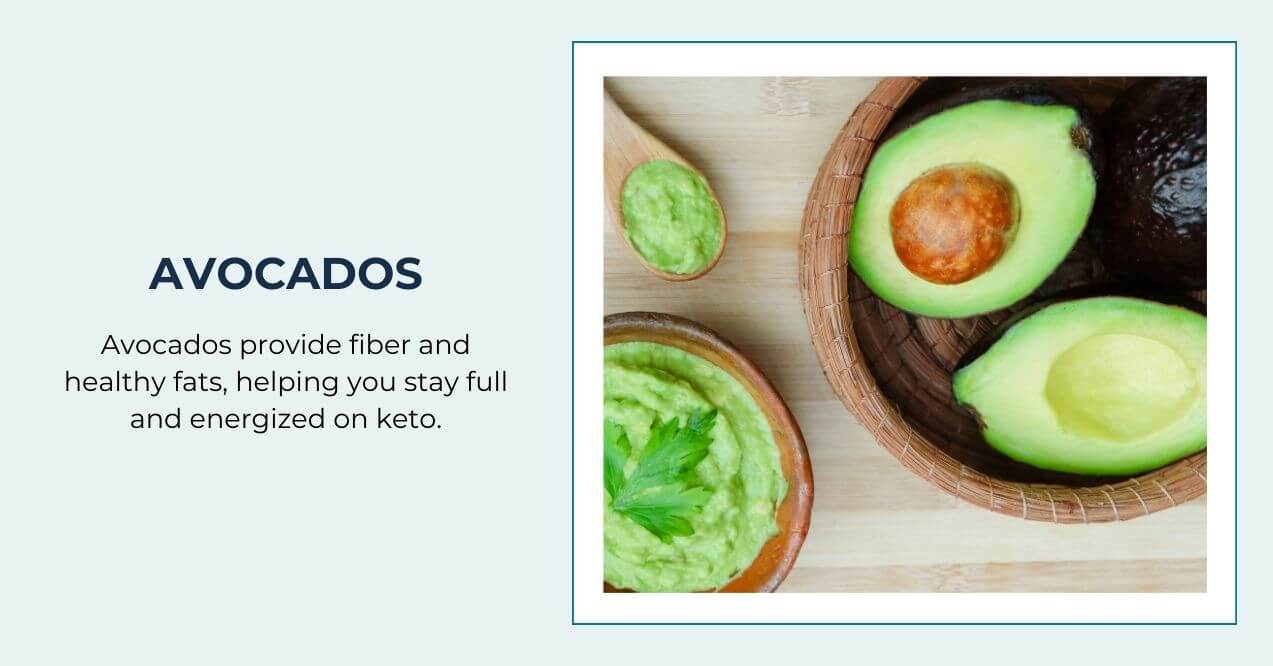
Avocados stand out as fiber superstars in the keto world, providing 6.7g of fiber per 100g serving. Unlike many high-fiber foods, avocados come packed with heart-healthy monounsaturated fats that perfectly align with keto macros.
Their creamy texture and mild flavor make them incredibly versatile. Try avocados:
- Sliced on salads
- Mashed into guacamole
- Blended into smoothies
- Halved and filled with eggs or tuna
The combination of fiber and healthy fats creates lasting satiety, helping you stay full between meals.
4. Nuts and Seeds
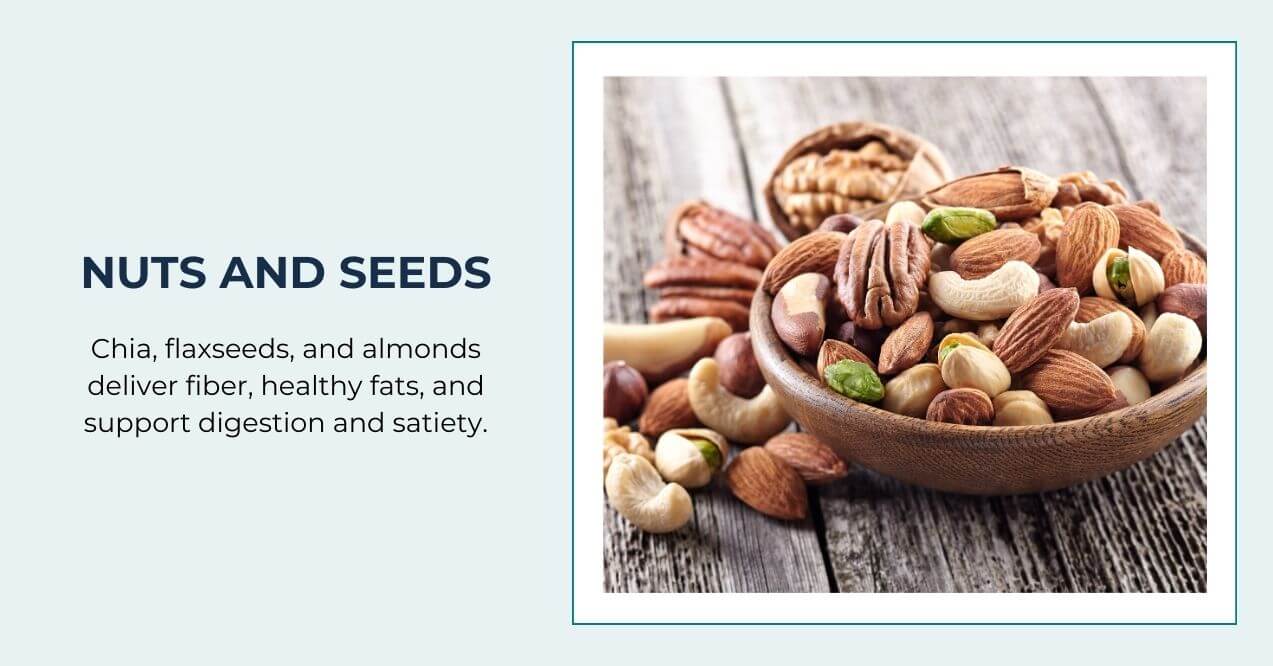
Nuts and seeds deliver concentrated fiber in convenient, portable packages. Chia seeds lead the pack with an impressive 34g of fiber per 100g serving, while flaxseeds offer 27g.
Almonds, walnuts, and sunflower seeds provide both fiber and healthy fats. These tiny nutritional powerhouses support:
- Regular digestion
- Sustained energy levels
- Feeling full longer
- Gut microbiome health
Sprinkle them on salads, blend into smoothies, or enjoy as convenient snacks when hunger strikes between meals.
5. Coconut and Coconut Flour
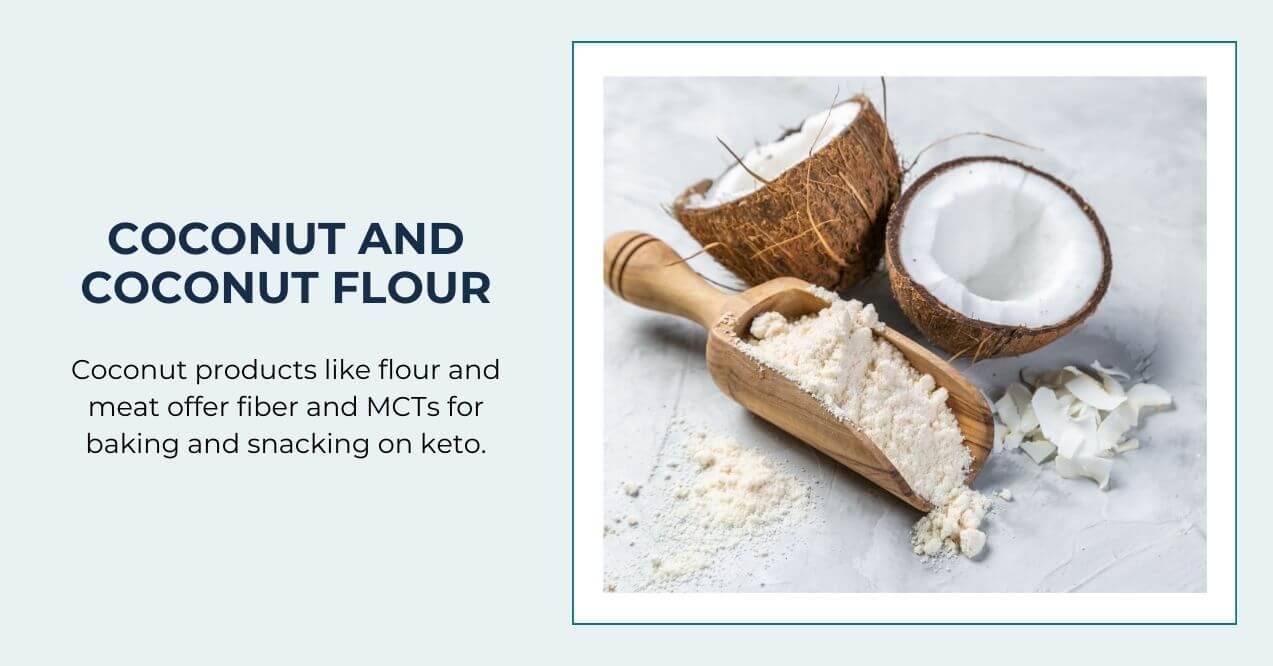
Coconut products offer fiber-rich alternatives to traditional high-carb ingredients. Coconut flour contains an impressive 38g of fiber per 100g, making it ideal for keto baking.
Coconut meat provides both fiber and medium-chain triglycerides (MCTs) that support ketosis. Incorporate coconut into your diet by:
- Using coconut flour in baking
- Adding shredded coconut to smoothies
- Using coconut cream for desserts
- Enjoying coconut chips as snacks
The light, slightly sweet flavor works well in both sweet and savory applications.
6. Konjac Root
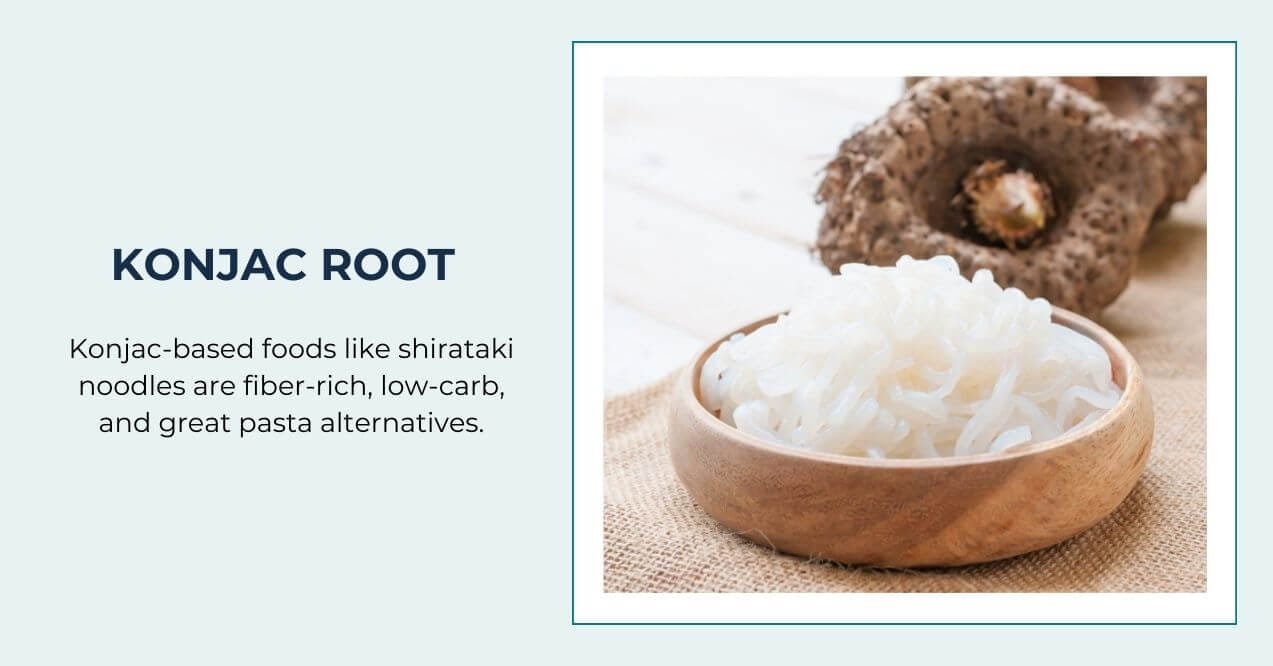
Konjac root contains glucomannan, a highly viscous dietary fiber that forms the base for shirataki noodles and rice alternatives. With virtually zero net carbs, these products offer:
- The texture of traditional pasta
- Excellent satiety due to fiber content
- Versatility in various dishes
- Support for healthy digestion
Rinse thoroughly before cooking to remove any packaging liquid, then use in stir-fries, soups, or with keto-friendly sauces for a satisfying meal option on your 7 day vegetarian keto meal plan.
7. Psyllium Husk
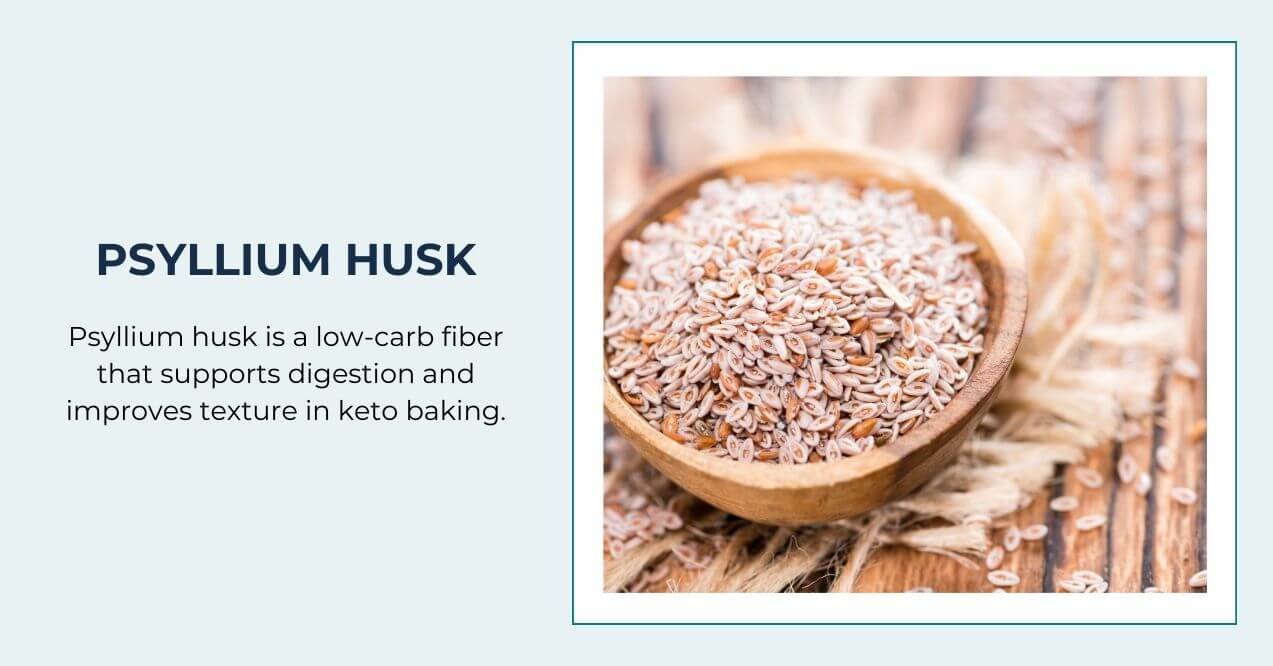
Psyllium husk provides a concentrated fiber source with minimal carb impact. This versatile supplement contains both soluble and insoluble fiber, creating multiple benefits:
- Adds structure to keto baking
- Supports regular bowel movements
- Promotes feelings of fullness
- Helps maintain digestive comfort
Mix into water as a supplement or use in baking recipes to replace gluten’s binding properties. Start with small amounts and increase gradually to avoid digestive discomfort.
How to Maintain Nutrient Balance on a Keto Diet
While adding high fiber low carb foods to your meals supports digestive health, a well-balanced ketogenic lifestyle requires attention to multiple nutritional needs. The restrictive nature of keto can sometimes create gaps in your nutrient intake that need thoughtful consideration.
Whole foods should form the foundation of your approach. Leafy greens deliver not just fiber but also vital vitamins and minerals. Nuts and seeds provide essential fatty acids alongside their fiber content. However, these foods alone may not address all your body’s requirements on a ketogenic diet.
Several key nutrients deserve special attention when following keto:
- Electrolytes – help maintain proper hydration and muscle function, which can be challenging as your body releases more water during ketosis
- MCT oil – provides readily available energy that supports ketone production
- Digestive enzymes – assist with the increased fat metabolism required on a ketogenic diet
Incorporating supplements can help fill these nutritional gaps, providing targeted support for your body’s increased demands while maintaining ketosis. Keto Formula offers specialized nutrition designed for the ketogenic lifestyle. This premium supplement helps your body achieve and maintain ketosis more efficiently, supporting your transition to fat burning while reducing common adaptation symptoms.

With ingredients like Calcium for structural support and Apple Cider Vinegar to promote digestive health, Keto Formula provides complementary nutrients that work alongside your high-fiber food choices. This comprehensive approach helps maintain energy levels and reduces cravings, making it easier to stick with your ketogenic eating plan for the long term.
Conclusion
Understanding how to get fiber on keto empowers you to maintain digestive health while enjoying the benefits of this low-carb lifestyle. By incorporating a variety of fiber-rich foods like leafy greens, cruciferous vegetables, avocados, nuts, and seeds, you can support your digestive system without disrupting ketosis.
Remember to increase your fiber intake gradually and stay well-hydrated to avoid digestive discomfort. Experiment with different keto-friendly fiber sources to find what works best for your body and preferences.
With these strategies, you can balance your nutritional needs while maintaining ketosis. A fiber-rich keto approach supports not just your digestive system, but your overall wellness journey too.
Add leafy greens and cruciferous vegetables to meals, incorporate avocados regularly, snack on nuts and seeds, use coconut flour or psyllium husk in baking, and gradually increase these foods while staying well-hydrated to prevent digestive discomfort.
Consume 2 cups of leafy greens (6g), 1 cup broccoli (5g), 1 avocado (10g), 2 tablespoons chia seeds (7g), and 1/4 cup almonds (4g). Add 1-2 tablespoons of psyllium husk (up to 10g) if needed to reach 30g.
Psyllium husk is ideal for keto, providing both soluble and insoluble fiber with minimal carbs. Other good options include ground flaxseed, acacia fiber, and glucomannan (from konjac root), which all support digestion without affecting ketosis.
Sign up for our Healthy Living newsletter!
Advertisement. This site offers health, wellness, fitness and nutritional information and is designed for educational purposes only. You should not rely on this information as a substitute for, nor does it replace, professional medical advice, diagnosis, or treatment. If you have any concerns or questions about your health, you should always consult with a physician or other health-care professional. Do not disregard, avoid or delay obtaining medical or health related advice from your health-care professional because of something you may have read on this site. The use of any information provided on this site is solely at your own risk.
